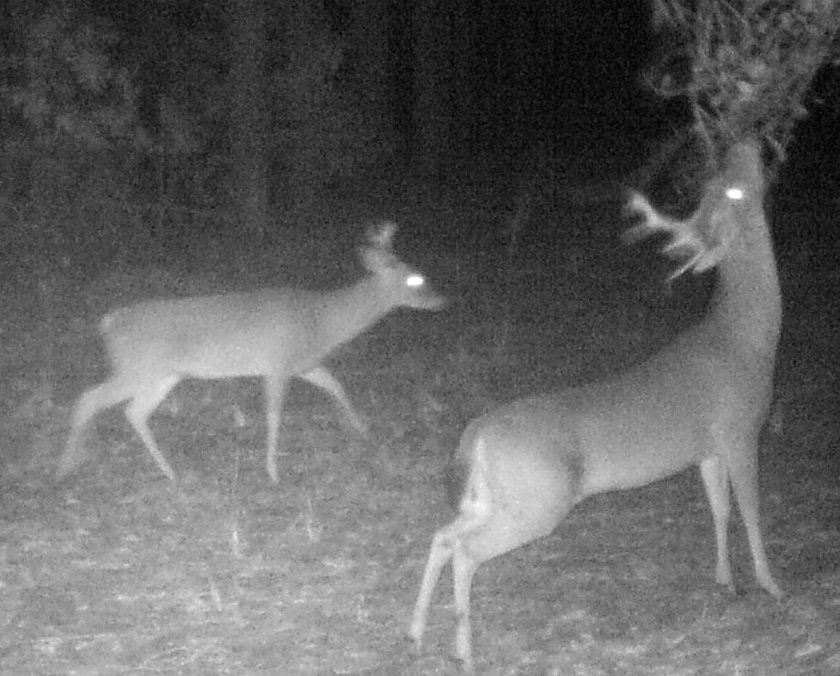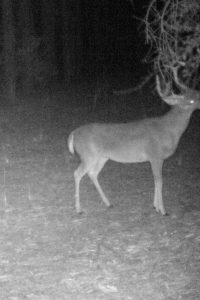
Everyone knows big bucks are wary, intelligent critters. Getting inside a bucks head to figure out what he is thinking can be a frustrating process. Just when we think we have our target buck figured out, he turns around and makes us look like a fool. All deer hunters know exactly what I am talking about.
Most deer hunters know about rubs and scrapes, the telltale marks that a buck is in the area. They are very visible and fairly easy to identify. Many hunters have also tried making mock scrapes. Scuff up an area on the ground, add your favorite synthetic deer scent or real deer urine and wait for a nice buck to check it out. It can be successful, especially when used with trail cameras. However, if you really want to see who is using the area all season long, it is time to explore the licking branch.
Both bucks and does use licking branches all year round to communicate with each other. It is like a fire hydrant to dogs or a social site to humans. Bucks approach a licking branch and often start by smelling it and tasting it. They are using their senses to detect the fluid from the pre-orbital gland left from the earlier visitors. Once they have finished seeing who has been there, they will rub their own head on the branch, leaving behind their own calling card.
Unlike scrapes (which often appear under a licking branch), bucks use licking branches all year long. Because of this, you can use them with a trail camera to catalog the deer in your area. To create a licking branch, first, find an area near deer travel corridors. Then find a tree that has branches hanging down about the same height as a deer’s head. Use a pre-orbital scent and swab it onto one of the ends of the branches. I prefer a synthetic deer scent and the Lucky 7 brand from Nelson Creek Outdoors is very effective and of premium quality. You can buy the real thing as well, but with all the preservatives, need for refrigeration and other handling concerns, they tend to be LESS effective than a great synthetic. Once you have swabbed on the scent, you should start getting great pictures on a trail camera monitoring the site in very short order.
As I mentioned before, scrapes often appear under licking branches at the start of the rut. Adding a licking branch over your mock scrape greatly increases the odds another deer will use it. Definitely add a pre-orbital scent over your next one if you want to see an increase its effectiveness.
A mock licking branch is a great tool for all year long. You can catalog the deer in your area, bring more deer to that area and help get a deer in range and standing still in front of you when you are in your stand for an ethical shot. Using this knowledge and technique, you become a Big Buck Whisperer.
The author is the owner of Nelson Creek Outdoors and has extensive knowledge of both real and synthetic deer scents having developed and tested many scent varieties.



